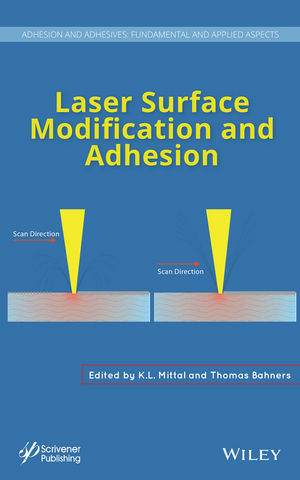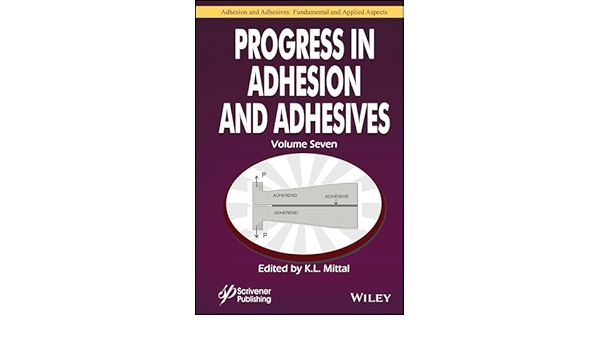Ask Dr. Dave: July 2013
Can you suggest ways to improve an adhesive system in terms of moisture/water sensitivity?

QUESTION: We are successfully structurally bonding Belgian Blue Stone—also called Petit Granit (a non-porous limestone material)—with a two-component epoxy in an industrial process. Three-point bending tests have resulted in nearly 100% material (stone) failure. During recent long-term qualification tests, however, the system seemed to be moisture- and water-sensitive, resulting in adhesion failure and delamination of the glue. Can you suggest some improvements to the adhesive system?
ANSWER: Many epoxies are routinely used for applications where they are immersed for long periods (sometimes many years) in fresh or salt water. It may be helpful to ask your adhesive supplier for a more suitable product. On the other hand, if you are a formulator, then I would suggest using an organosilane additive at 1-2% in your product. Organosilanes act as “bridging” molecules between mineral surfaces and organic adhesives and prevent hydrolysis at the adhesive-substrate interface.
From an epoxy resin point of view, standard bisphenol-A diglycidyl ether (BADGE) epoxies are usually adequate for the application, but you should look closely at both the hardener component of your adhesive and the fillers. Some hardener components, such as certain polyamides, do not seem to survive long periods of water immersion. I have had considerable success using cycloaliphatic amines. Silica and mica fillers are useful for water-resistant properties.
Looking for a reprint of this article?
From high-res PDFs to custom plaques, order your copy today!








